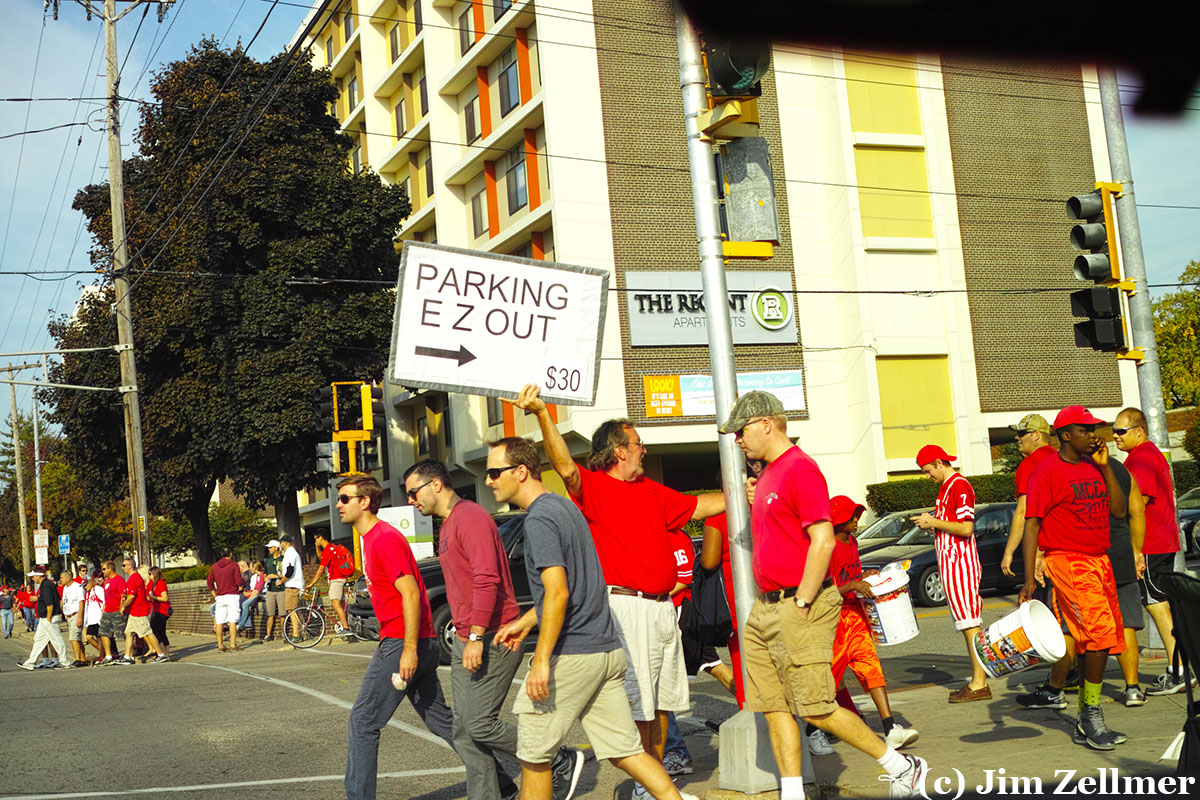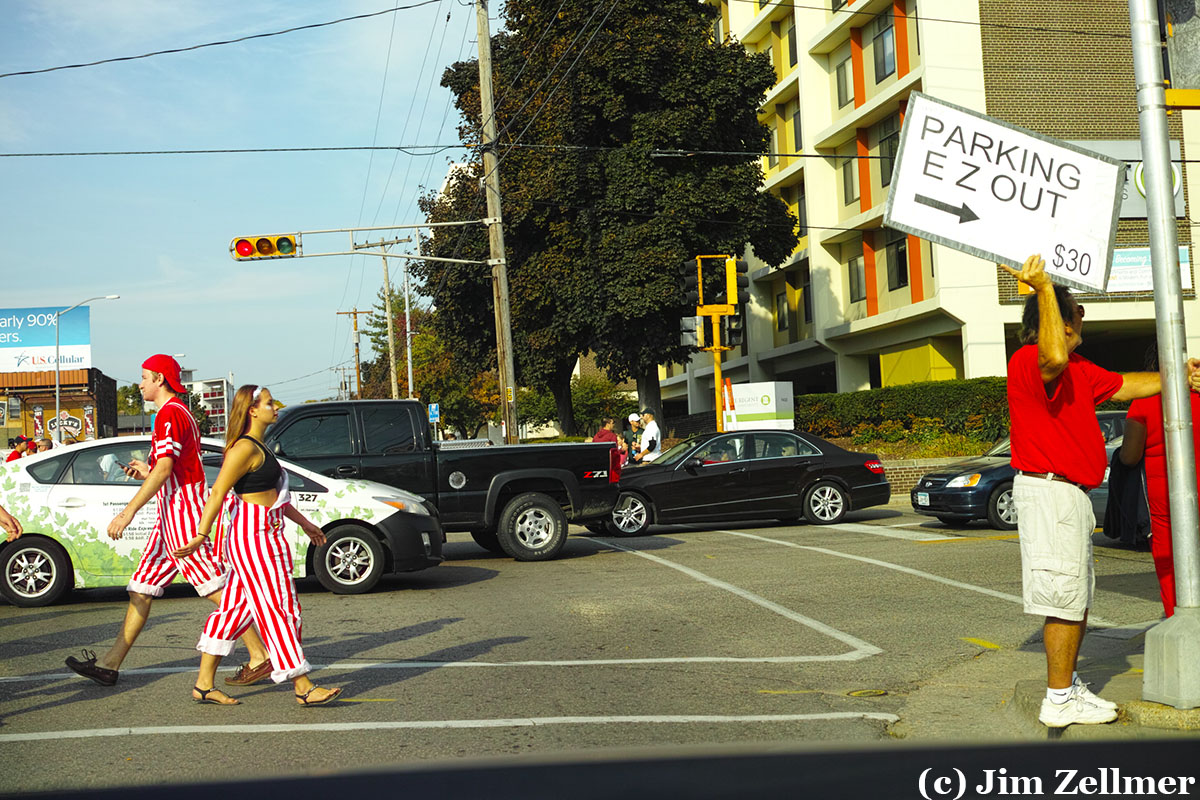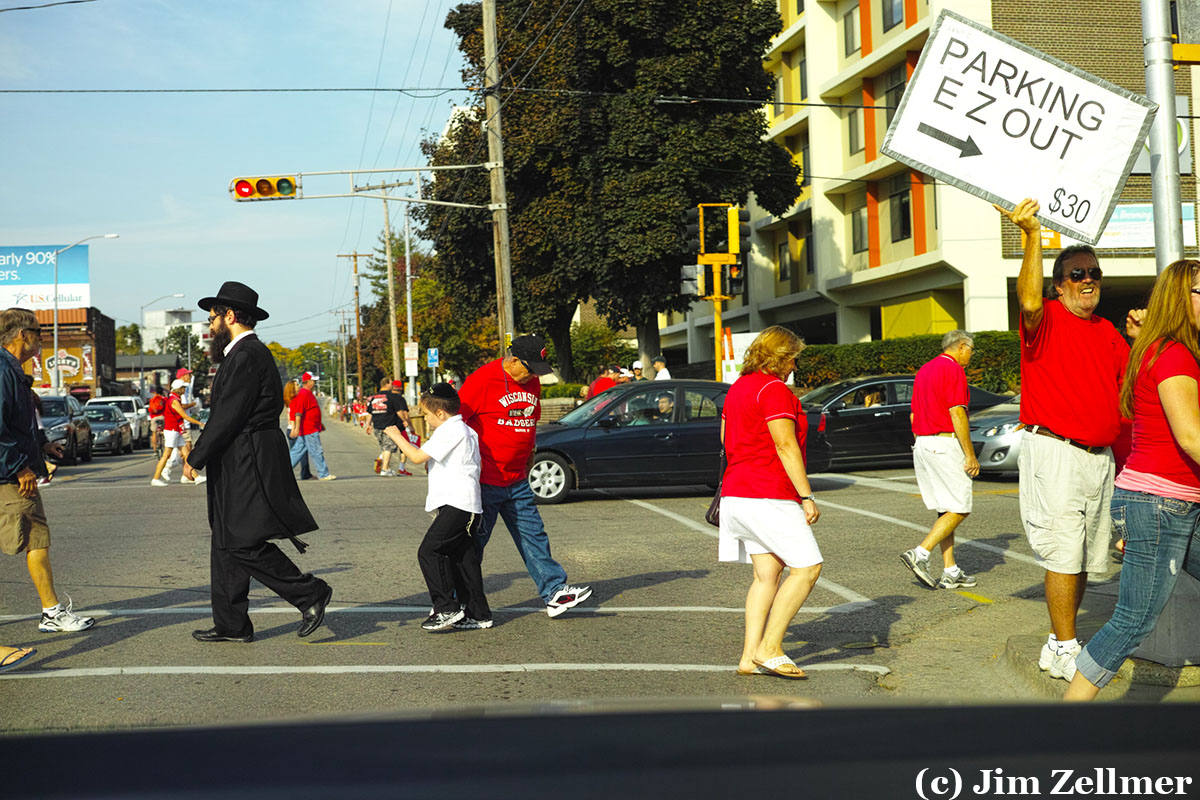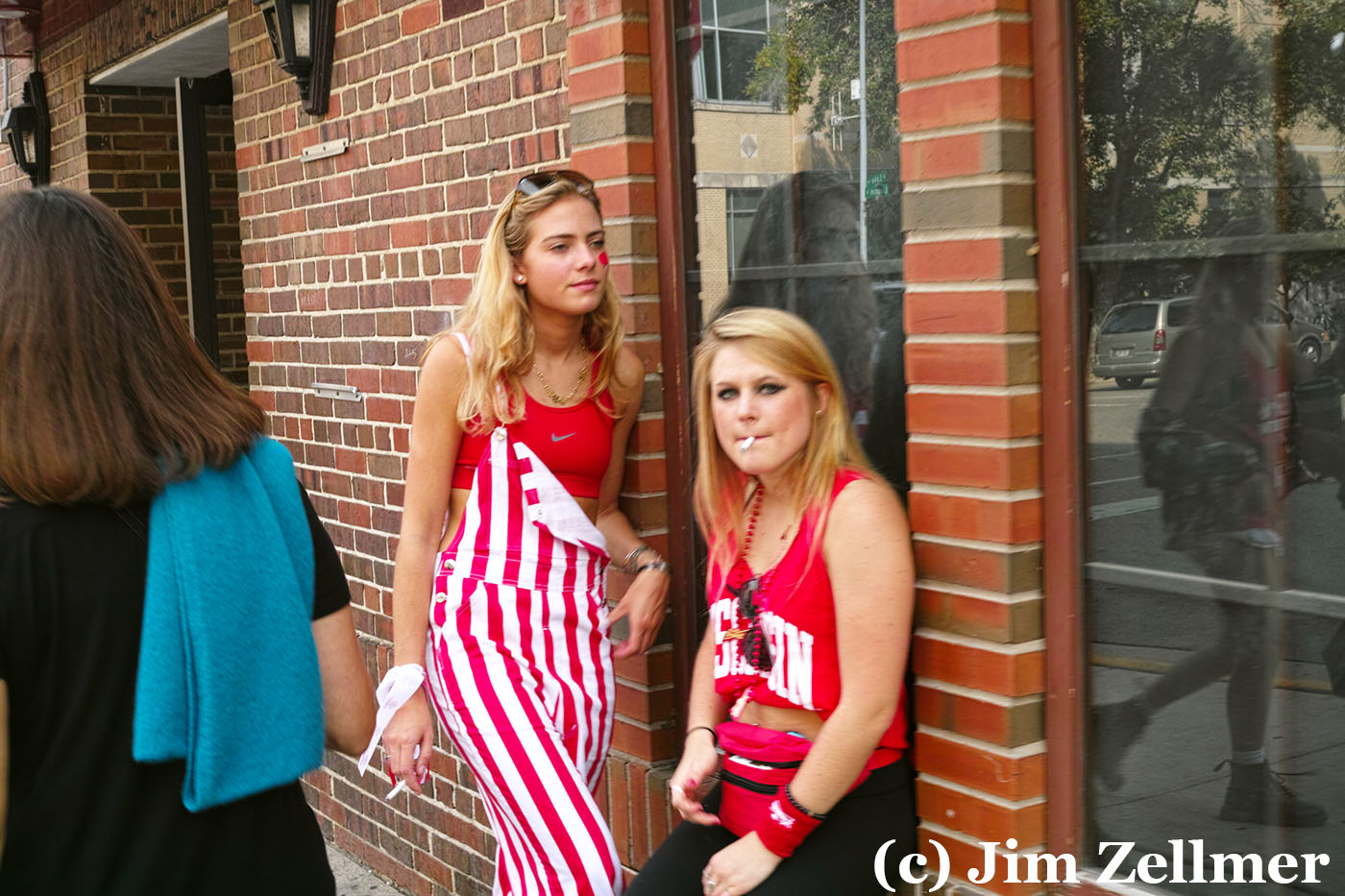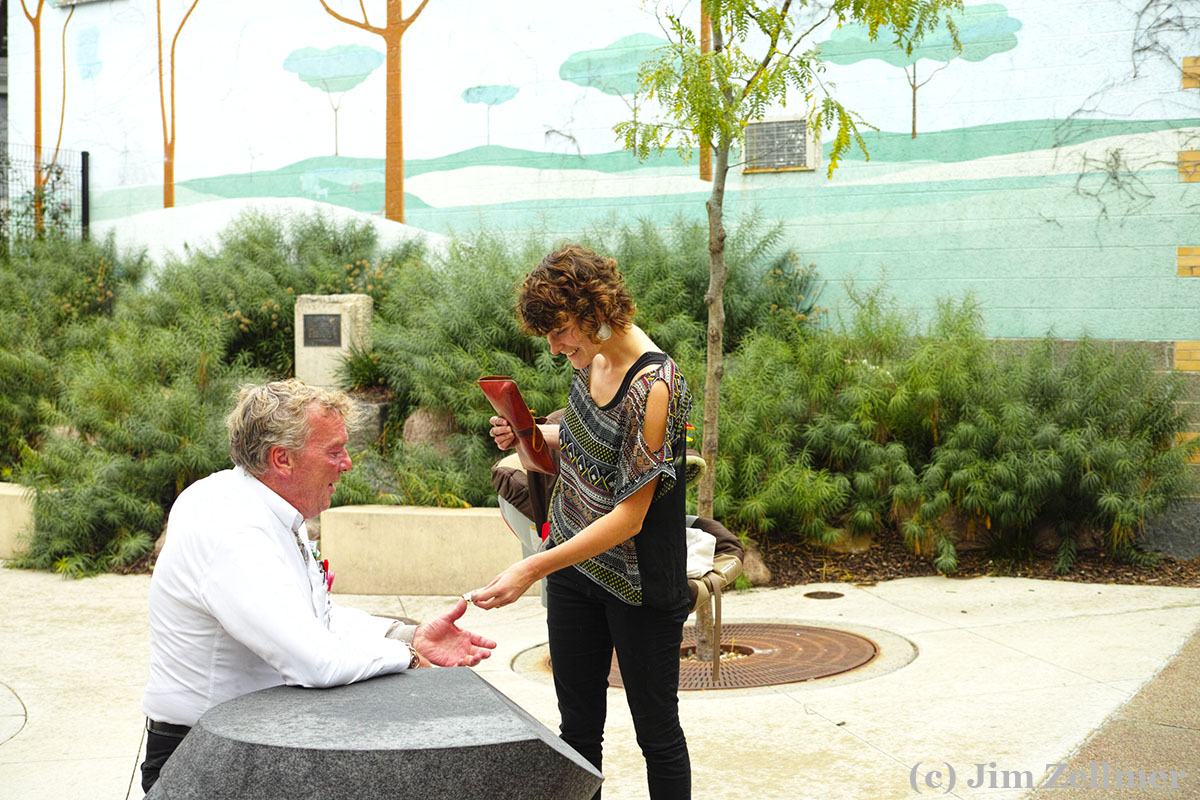
Recent football events have reminded me that perhaps, just perhaps, we are at peak football. Injuries, governance and personal scandals along with hubris may indicate that change is near. One can hope.
Monthly Archives: September 2014
A Saturday Bike Ride: Brides, Badgers, Boats, Beach & Beer
Has Capitalism Reached A Turning Point?
In the early 16th Century, the movement objecting to the flagrant greed and corruption in the Roman Catholic Church, now known as the Protestant Reformation, got under way in earnest. In 1517 in Germany, Martin Luther posted his “Ninety-Five Theses.” At about the same time in Switzerland, Huldrych Zwingli launched a reform movement with a remarkably similar set of “Sixty-Seven Conclusions.” The recently-introduced printing press helped spread these ideas rapidly from place to place, but unresolved differences kept the reform movements separate. At the time, the prospects of reform looked remote, as the Church, most governments, the ruling classes and civil society supported the continuance of the status quo.
In 1529, the German Prince Philip of Hesse saw potential in creating an alliance between Luther and Zwingli, realizing the strength of a united Protestant front to fight the entrenched elite. He convened a meeting, now known as the infamous Colloquy of Marburg. At the gathering, Luther and Zwingli agreed on everything except one doctrinal issue: was Jesus Christ spiritually present at a mass? Zwingli asserted no, while Luther insisted yes. In the debate, Luther became so angry that he carved his rejection into a table in the meeting room. (Some critics suggest that egos also played a role: if the strong-minded protagonists had been able to resolve their differences about the spiritual presence of Christ, another issue would have emerged to preclude agreement.)
The Secret Goldman Sachs Tapes
Probably most people would agree that the people paid by the U.S. government to regulate Wall Street have had their difficulties. Most people would probably also agree on two reasons those difficulties seem only to be growing: an ever-more complex financial system that regulators must have explained to them by the financiers who create it, and the ever-more common practice among regulators of leaving their government jobs for much higher paying jobs at the very banks they were once meant to regulate. Wall Street’s regulators are people who are paid by Wall Street to accept Wall Street’s explanations of itself, and who have little ability to defend themselves from those explanations.
Our financial regulatory system is obviously dysfunctional. But because the subject is so tedious, and the details so complicated, the public doesn’t pay it much attention.
That may very well change today, for today — Friday, Sept. 26 — the radio program “This American Life” will air a jaw-dropping story about Wall Street regulation, and the public will have no trouble at all understanding it.
The reporter, Jake Bernstein, has obtained 46 hours of tape recordings, made secretly by a Federal Reserve employee, of conversations within the Fed, and between the Fed and Goldman Sachs. The Ray Rice video for the financial sector has arrived.
iPhone 6 & Sports Photography
Last fall I posted several sports images taken with an iPhone 5s – using its burst mode. How does the iPhone 6 (unlocked) compare?
I captured a few images using the iPhone’s burst mode (10 frames per second) last evening in somewhat low light conditions, shot through a fence. Hardly ideal. Tap to view the original, digitally zoomed versions.
The iPhone 6’s auto-focus is much faster than the 5s. The images are original, other than downsizing the display images in Photoshop to 1200 pixels wide.
It will be interesting to try the iPhone 6 with the iPro lens and perhaps others.
A bit later in the evening before a recent dinner:
Optics make a difference 🙂
Canon’s new 7D mark ii supports 10 frames per second with a much larger sensor and a wide variety of optics. The camera body is $1799.00 plus the necessary lenses.
Links:
2013: iPhone 5s & Sports photography.
2014: iPhone 6 camera.
The iPhone 6s and traditional cameras. Thinking ahead…
Saturday Scenes
Pabst (!) on offer. [Wikipedia]
Cigarettes….
Iconic Memorial Union chairs.
Street photography in Madison, WI USA on a gorgeous Saturday. A few tilt-shift images that are worth a look.
“First Joke is Free”
The street comedian’s offer hits home on a beautiful Madison Saturday.
Oh, there’s a new Street Photography book that looks interesting.
Thou shalt be disrupted: welcome to the silicon church
Think of them as God’s back-office. Technology start-ups have spied an opportunity in helping Christian clergy manage their organisations – from using apps to harvest data about their parishioners, to administering assets such as cemeteries and church organs.
California-based Kaleo Apps offers a host of smartphone features to churches, including Facebook-like “prayer walls” and a service that lets churchgoers donate via SMS. The company says its tools have increased giving by up to 40 per cent.
“Churches have been managing themselves for thousands of years, but they’re being challenged on their story and their relevance,” says Klaus Nyengaard, chairman and investor in Danish start-up ChurchDesk. “They need to spend less time on administration and more time on the values they have and preaching the Gospel.”
Mr Nyengaard, who was previously chief executive of London-based online food marketplace Just Eat, says priests are working harder than ever before to “sweat” underutilised assets and get local community groups through the door by offering space for events, creating an ever-greater need for efficient management.
The calculus of contagion In the battle against disease, the difference between a raging epidemic and a passing fever comes down to a single number
When Ronald Ross tipped over the water tank outside his bungalow in Bangalore, it began a lifelong battle against mosquitoes. It was 1883 and Ross, only two years out of medical school, was the British Army’s new garrison surgeon. Overall, he was happy with the posting – he considered the city, with its sun, gardens and villas, to be the best in southern India.
He was less enthusiastic about the mosquitoes. Having arrived to find his room filled with the sound of buzzing wings, he decided to hunt down and destroy their breeding ground in pools of stagnant tank water. The ploy worked: as he drained the tanks, mosquito numbers fell
A Glorious Sunset

Door County, WI September 2014

